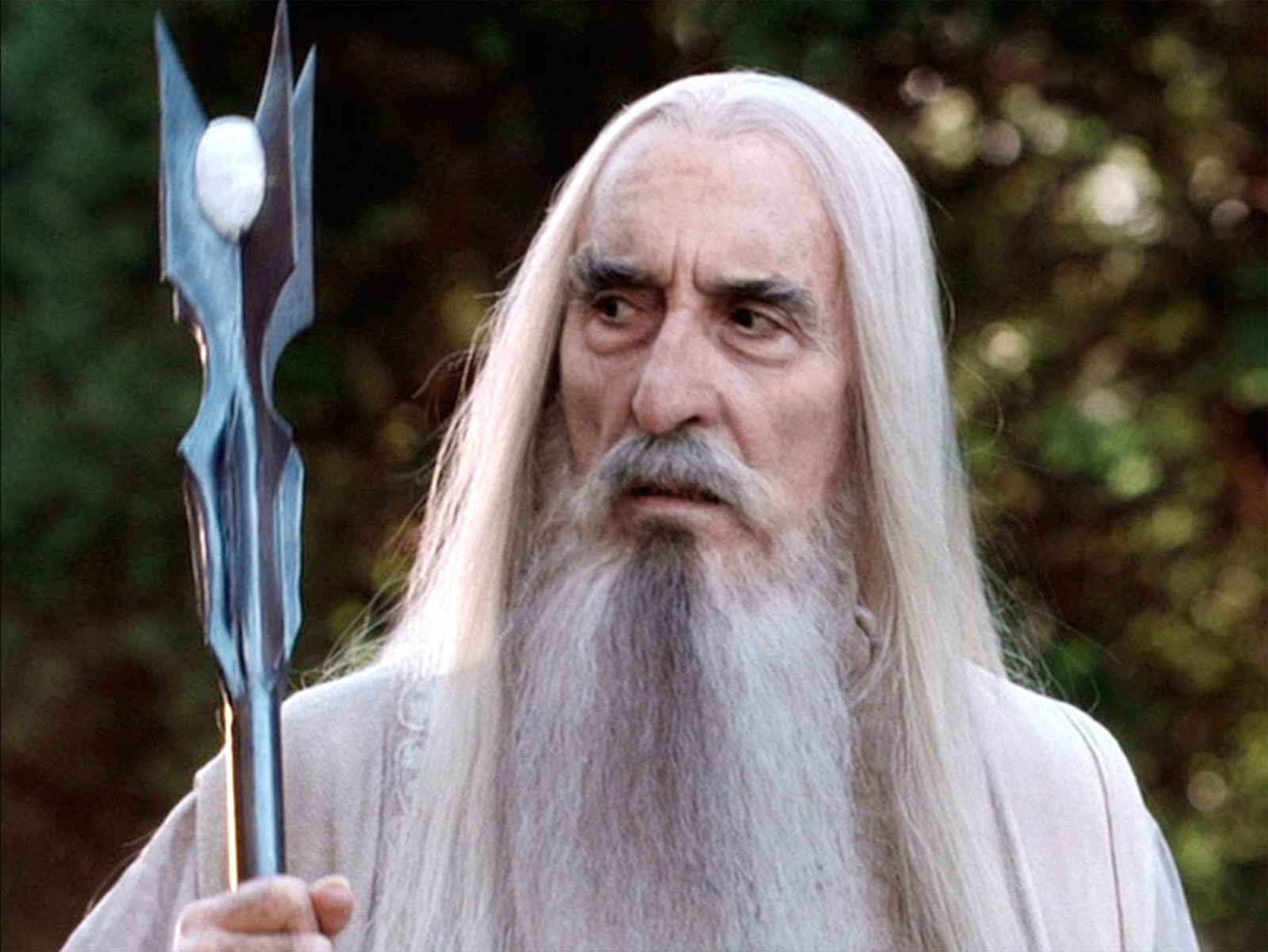Out of the three, Christopher Lee was undoubtedly the most villainous, the direct heir of Karloff and Lugosi from Universal, the most ruthless of all enemies of humanity. Born with the real name Frank Carandini Lee, he interpreted the great classics of Victorian horror like no one else – the mummy, Frankenstein’s creature, Dr. Jekyll, Sherlock Holmes – which called for a serious and thoughtful revision.
Lee’s deliberate demeanor, height, and slightly melancholic gaze ensured a twist to the simple evil of his characters, giving them lights and shadows that made them fascinating. Christopher Lee’s villains may be the most terrifying of torturers, but you never want them to disappear from the screen.
For example, he played Count Dracula nine times, notably in the films directed by Terence Fisher at Hammer Films, Dracula (1957) and Dracula: Prince of Darkness (1965). In the first, he moved away from the cardboard and stale model established by Bela Lugosi to present a noble yet attractive Count, with class and education but brutally sexual.

No vampire has bitten quite like Christopher Lee. His gaze of desire, his dominion over the victim to whom he submits to silent sexual submission, and the enormous elegance when his cape (by twists of fate, the cape he used in this first Dracula was rescued by the group Bananarama in their 80s hit Venus) darkens the screen and prevents us from witnessing the ceremony of the deadly kiss on a new victim.
In “Dracula: Prince of Darkness,” made in 1965, seven years after the previous film, Lee plays a vampire who forgets his nobility to transform into a beast that moans and hisses like a reptile, without uttering a word throughout the entire film. However, the reason for his silence was not a new concept for the character, but rather the actor’s decision. Lee found the lines assigned to him in the script ridiculous, so he and director Terence Fisher agreed to keep the Count silent.
Although Lee made his film debut in 1947 with “Corridor of Mirrors” and the following year had a minor role alongside his future friend and film antagonist at Hammer, Peter Cushing, in Laurence Olivier’s “Hamlet,” cinema history underscores that Lee’s true beginning came in 1957 with “The Curse of Frankenstein,” the first stone in Hammer’s horror empire. In this film, Lee plays the Frankenstein creature, accompanied of course by Cushing and director Terence Fisher.

The role of Frankenstein allowed Lee to jump to other, much more interesting characters and films in Hammer’s universe. These include other works by Fisher, such as “The Hound of the Baskervilles” and “The Mummy” from 1959, the poetic “The Gorgon” (1964), and the demonic “The Devil Rides Out” (1968), all essential works for the evolution of horror cinema in the 1950s and 1960s.
In the 1970s, Lee attempted to break out of the villainous horror film script that the industry had reserved for him and became involved in films of various genres, such as Billy Wilder’s original creation “The Private Life of Sherlock Holmes” (1970), “Airport ’77,” and “The Man with the Golden Gun,” a James Bond film in which he played the dark Francisco Scaramanga. Speaking of James Bond, Lee is a cousin of the character’s creator, Ian Fleming, who unsuccessfully tried to cast Lee as the lead in the first film in the series, “Dr. No.” By the way, just like he has played hundreds of roles, Lee has also turned down many others that would have brought him profits, such as Donald Pleasance’s role in “Halloween” (1978).
He has tried to fill his life with culture and knowledge, practicing operatic singing and fencing, which he was able to capitalize on in multiple films (in The Dark Avenger, he fought with a drunken Errol Flynn, who ended up injuring his hand). In a career spanning 250 films, Lee has worked in various languages, such as Italian, Russian, and Spanish, as evidenced by his Spanish Dracula alongside Klaus Kinski under the direction of Jesús Franco.

The Guinness Book of Records cites him as the actor who has played the most roles, and he continues to add to his extensive filmography. It’s interesting to observe how today’s children are scared of Lee’s evil wizard Saruman in The Lord of the Rings trilogy, just as kids in the 1950s trembled at his imposing Count Dracula. Fifty years separate these two films, and the perverse, almost supernatural effect of his performances remains as strong as ever. Is there a better reward for an actor?
He is also remembered for his recent appearances in Tim Burton’s Sleepy Hollow (1999), a true homage to the Hammer aesthetic of which Lee was one of the basic pillars, and in George Lucas’s pathetic space epic, Star Wars: Episode II – Attack of the Clones.
In 2001, he was named Commander of the Order of the British Empire and received recognition from his people for an unparalleled career. When his peers from his generation are no longer with us, it’s desirable that we have Christopher Lee around for a while longer. Only he has embodied the true meaning of the word “terror” with his mere presence.



